Oversupply in Iskandar
Let's get this straight. There is definitely an oversupply in Iskandar. It has a population of 1.8 million, and an existing housing stock of 420k. There is another 150k being built and likely to be completed in the next five years. Occupancy rate of offices in Iskandar is below 70%. Vacancy rates of residential units is over 15%. Note that this is alarming, because in Singapore, vacancy rates are close to 10%. In Melbourne around 2.5%, Sydney 2.1% and Brisbane around 2%. In London, the vacancy rate is close to 1.5%. There is extreme undersupply of homes in OECD because home building has not caught up with demand. but there is extreme oversupply in Asia.
If you buy a condo > RM1m, chances are you cannot sell it to a local because they won't buy condos from you at that price. For goodness sake, they could buy a condo located in JB old town for as little as RM500k. Why buy from a foreigner? The more affordable and older condos are around 300 - 400k! Don't start arguing that yours is new so it deserves a premium, because all condos start as new and after ten years, look very aged.
Your rental yield will be close to 3% because no tenants will pay you over RM2.5k per month. If they can afford to pay over 3k per month, chances are they can afford to buy a unit to live in.
If you buy a terrace, semi-detached or bungalow for > RM1m, chances are you also cannot sell it to a local there are plenty of landed units for around RM600 - 800k in good areas. In more affordable areas, you can get something for between 400 - 500k.
Rental wise you also are unlikely to get over 3k. So all properties in Iskandar will be negatively geared if you obtain a 75% LTV at 4.5% interest!
So condos to foreigners are going for > RM1k psf. Condos for locals 300 - 600 psf.
Houses for foreigners RM300 - 500 psf. For locals, they can go for as little as 200 - 400 psf.
Which Asset Classes In Iskandar Are Undervalued?
The median annual wage of a Singaporean is about SGD70k. For Malaysians, RM44k. A Singaporean's wage is about 4.1x of a Malaysian's.
Rule 1: Always buy something that the locals will eventually buy off you.
Let's look at how affordable condos are.
A typical condo for foreigner costs RM1m, say for 1000 sf. That's roughly RM1000 psf. In Singapore, Jurong and Woodlands condos are going for around SGD800 - 1200 psf. Let's say Singapore is SGD1000 psf. That's 2.6x. This is extremely over valued.
A typical condo for locals costs RM400k, or RM400 psf. That's 6.5x. So condos for locals are still cheap in Johor vs SG. But can you buy them? What about the oversupply situation?
Let's look at houses.
A typical semi-detached, bungalow and terrace costs around RM500 - 800 psf of land. For Singapore, it's around SGD800 - 1200 psf. Singapore's houses are about 3.5x of Johor's. This makes the houses for foreigners overvalued vs Singapore.
A similar house that locals live can range from 300 - 400 psf. This is 7.4x cheaper than Singapore. This makes the houses that locals buy much better value.
Let's look at land, primarily Leisure Farm.
Rule 2. Buy land that is flat and fully utilisable.
Rule 3. Make sure the security is extremely good.
Leisure Farm has two levels of security. The first is at the gate manned by Gurkhas. They will never let you pass. Ledang Heights' security is manned by locals and I've seen agents getting past by just nodding and smiling to the guards.
There is a second layer of security, which requires an access card to the different sub plots. There is none for Ledang Heights.
Ledang Heights terrain is hilly and sometimes forested. Leisure Farm is flat throughout.
There is an access road that will connect the highway to Leisure Farm to be completed by end of 2014. You won't need to go to LF via Kampung Roads from 2015.
You can obtain bank financing for both Leisure Farm and Ledang Heights.
Land in Leisure Farm is going for between RM230 - 250 psf. In Singapore, land in Jurong and Woodlands is going for between SGD700 - 1000 psf according to recent govt land sales.
Leisure Farm land is 9.2x cheaper than Singapore's.
Conclusion:
1. Land is not scarce in Johor. However, land that is near or within developed areas like JB and Nusajaya will eventually be scarcer.
2. Avoid buying land in the peripheral of Iskandar. It may take a long while to see capital appreciation.
3. Financing can be tricky for foreigners buying land. But it is possible.
4. Condos and houses that foreigners are eligible to buy are extremely unaffordable to locals. The exit strategy is murky and I suspect many foreigners will not see much capital appreciation.
5. Condos and houses that locals buy are cheap vs Singapore, but the oversupply will make rental yields barely enough to pay for mortgages if you assume 75% LTV.
6. Since there is oversupply in houses and condos, why not buy land? It is the most affordable of all. They range from as little as RM1m to 4m for residential plots of between 8k sf to 18k sf. However, do expect to have holding power because there is no rental income and if you take a mortgage you must be able to service the payments.
7. Be wary of flood prone areas when you buy houses / land.
8. Security is of utmost importance. Many prominent politicians / businessmen / royalties own land in Leisure Farm / Ledang Heights.
8. Mark Twain said, "Buy land, they ain't making it any more".
Below is an example of a plot of land for sale in Leisure Farm. Do your own homework. You don't necessarily need to buy this plot. But they usually don't stay on the market for long...
http://www.iproperty.com.my/propertylisting/2702065/gelang-patah-residential-land-forsale
Let's get this straight. There is definitely an oversupply in Iskandar. It has a population of 1.8 million, and an existing housing stock of 420k. There is another 150k being built and likely to be completed in the next five years. Occupancy rate of offices in Iskandar is below 70%. Vacancy rates of residential units is over 15%. Note that this is alarming, because in Singapore, vacancy rates are close to 10%. In Melbourne around 2.5%, Sydney 2.1% and Brisbane around 2%. In London, the vacancy rate is close to 1.5%. There is extreme undersupply of homes in OECD because home building has not caught up with demand. but there is extreme oversupply in Asia.
If you buy a condo > RM1m, chances are you cannot sell it to a local because they won't buy condos from you at that price. For goodness sake, they could buy a condo located in JB old town for as little as RM500k. Why buy from a foreigner? The more affordable and older condos are around 300 - 400k! Don't start arguing that yours is new so it deserves a premium, because all condos start as new and after ten years, look very aged.
Your rental yield will be close to 3% because no tenants will pay you over RM2.5k per month. If they can afford to pay over 3k per month, chances are they can afford to buy a unit to live in.
If you buy a terrace, semi-detached or bungalow for > RM1m, chances are you also cannot sell it to a local there are plenty of landed units for around RM600 - 800k in good areas. In more affordable areas, you can get something for between 400 - 500k.
Rental wise you also are unlikely to get over 3k. So all properties in Iskandar will be negatively geared if you obtain a 75% LTV at 4.5% interest!
So condos to foreigners are going for > RM1k psf. Condos for locals 300 - 600 psf.
Houses for foreigners RM300 - 500 psf. For locals, they can go for as little as 200 - 400 psf.
Which Asset Classes In Iskandar Are Undervalued?
The median annual wage of a Singaporean is about SGD70k. For Malaysians, RM44k. A Singaporean's wage is about 4.1x of a Malaysian's.
Rule 1: Always buy something that the locals will eventually buy off you.
Let's look at how affordable condos are.
A typical condo for foreigner costs RM1m, say for 1000 sf. That's roughly RM1000 psf. In Singapore, Jurong and Woodlands condos are going for around SGD800 - 1200 psf. Let's say Singapore is SGD1000 psf. That's 2.6x. This is extremely over valued.
A typical condo for locals costs RM400k, or RM400 psf. That's 6.5x. So condos for locals are still cheap in Johor vs SG. But can you buy them? What about the oversupply situation?
Let's look at houses.
A typical semi-detached, bungalow and terrace costs around RM500 - 800 psf of land. For Singapore, it's around SGD800 - 1200 psf. Singapore's houses are about 3.5x of Johor's. This makes the houses for foreigners overvalued vs Singapore.
A similar house that locals live can range from 300 - 400 psf. This is 7.4x cheaper than Singapore. This makes the houses that locals buy much better value.
Let's look at land, primarily Leisure Farm.
Rule 2. Buy land that is flat and fully utilisable.
Rule 3. Make sure the security is extremely good.
Leisure Farm has two levels of security. The first is at the gate manned by Gurkhas. They will never let you pass. Ledang Heights' security is manned by locals and I've seen agents getting past by just nodding and smiling to the guards.
There is a second layer of security, which requires an access card to the different sub plots. There is none for Ledang Heights.
Ledang Heights terrain is hilly and sometimes forested. Leisure Farm is flat throughout.
There is an access road that will connect the highway to Leisure Farm to be completed by end of 2014. You won't need to go to LF via Kampung Roads from 2015.
You can obtain bank financing for both Leisure Farm and Ledang Heights.
Land in Leisure Farm is going for between RM230 - 250 psf. In Singapore, land in Jurong and Woodlands is going for between SGD700 - 1000 psf according to recent govt land sales.
Leisure Farm land is 9.2x cheaper than Singapore's.
Conclusion:
1. Land is not scarce in Johor. However, land that is near or within developed areas like JB and Nusajaya will eventually be scarcer.
2. Avoid buying land in the peripheral of Iskandar. It may take a long while to see capital appreciation.
3. Financing can be tricky for foreigners buying land. But it is possible.
4. Condos and houses that foreigners are eligible to buy are extremely unaffordable to locals. The exit strategy is murky and I suspect many foreigners will not see much capital appreciation.
5. Condos and houses that locals buy are cheap vs Singapore, but the oversupply will make rental yields barely enough to pay for mortgages if you assume 75% LTV.
6. Since there is oversupply in houses and condos, why not buy land? It is the most affordable of all. They range from as little as RM1m to 4m for residential plots of between 8k sf to 18k sf. However, do expect to have holding power because there is no rental income and if you take a mortgage you must be able to service the payments.
7. Be wary of flood prone areas when you buy houses / land.
8. Security is of utmost importance. Many prominent politicians / businessmen / royalties own land in Leisure Farm / Ledang Heights.
8. Mark Twain said, "Buy land, they ain't making it any more".
Below is an example of a plot of land for sale in Leisure Farm. Do your own homework. You don't necessarily need to buy this plot. But they usually don't stay on the market for long...
http://www.iproperty.com.my/propertylisting/2702065/gelang-patah-residential-land-forsale



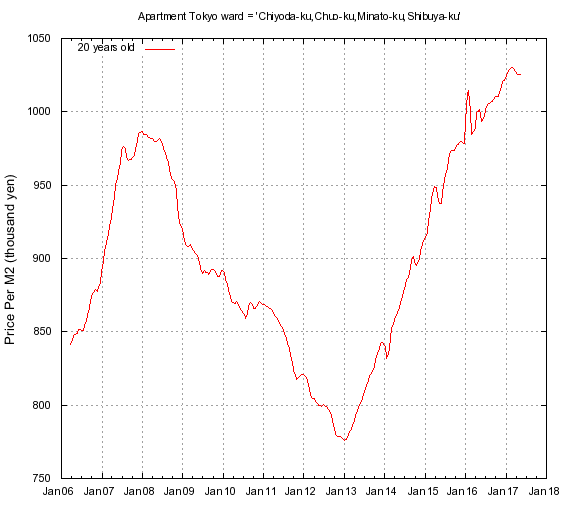
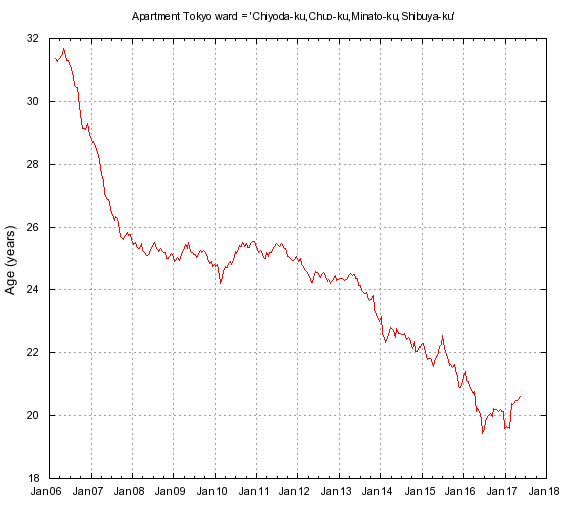
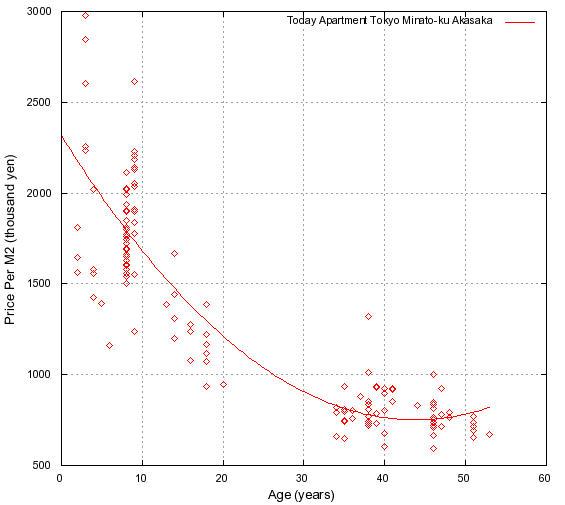
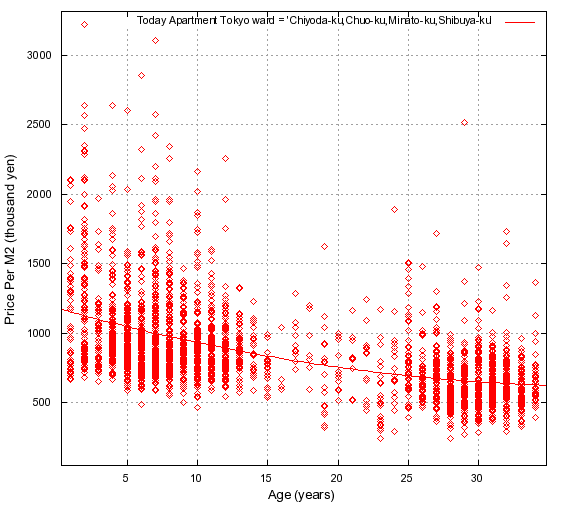
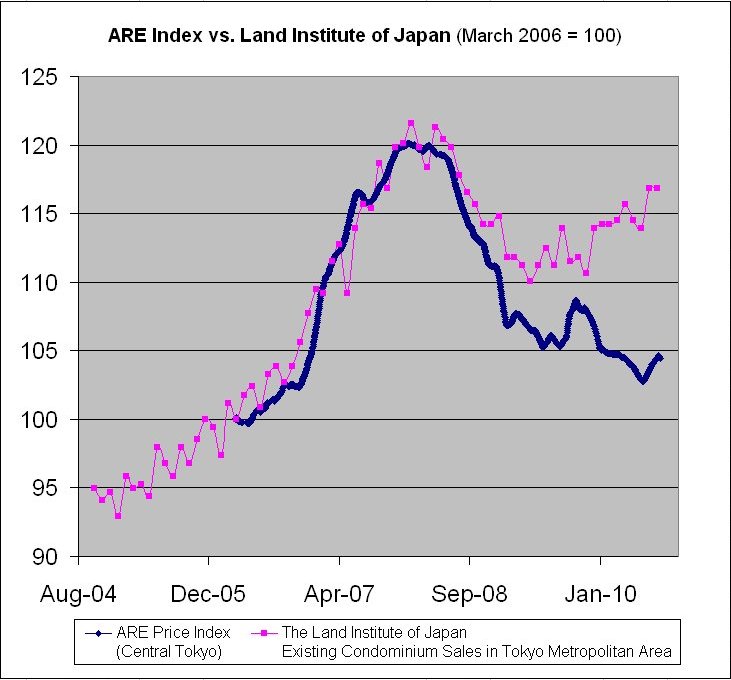
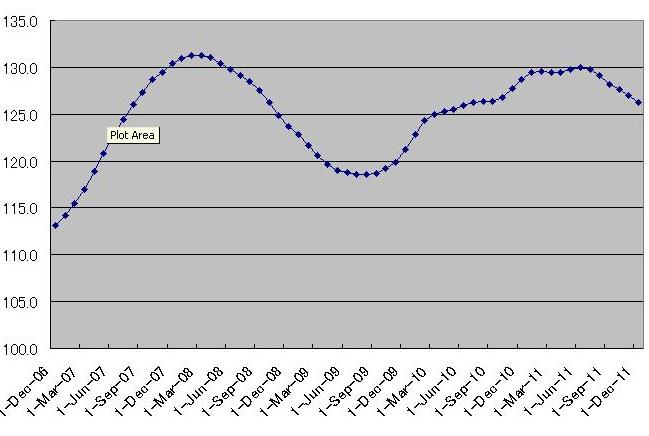















 Hi there,
Hi there,
